
BNSF Railway's Southern Transcon: Rail's Super Highway
Getting people and freight between Southern California and Chicago once took months, weeks or even years. But when the Atchison, Topeka and Santa Fe Railway established what became known as the Southern Transcon route in the 1880s, parts of the Southwest were now accessible with relative ease.
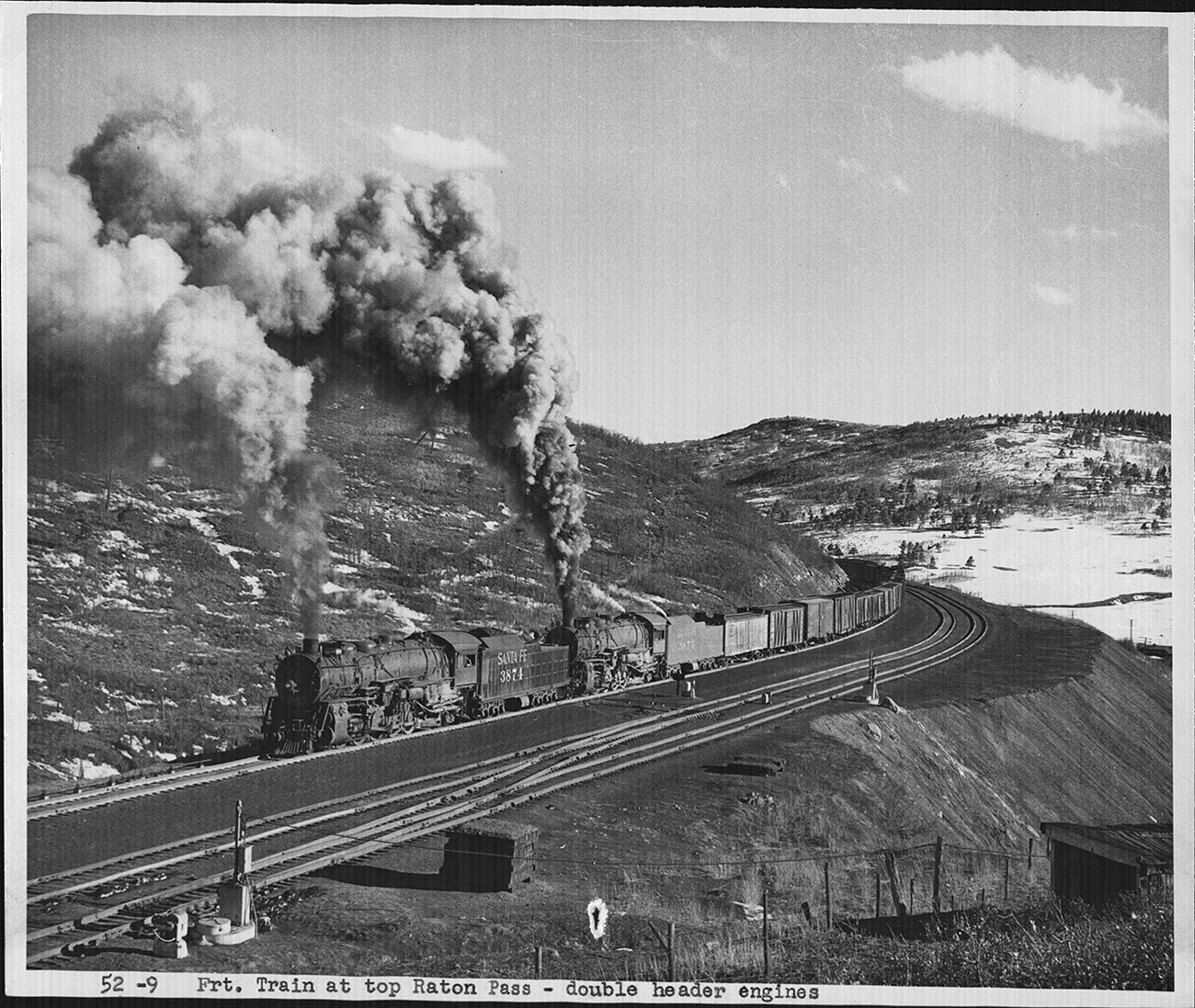
But completing the historic route wasn't the last piece of the puzzle. The Southern Transcon has been continually enhanced to accommodate the evolving needs of freight and passenger rail.
"The Belen cutoff was established in 1908 and that was really the first major enhancement," explained Craig Rasmussen, assistant vice president, Engineering Services and Structures. "The cutoff made traversing New Mexico with freight easier by eliminating the steep grades of the Raton Pass from the route and the use of extra locomotive power to make the trip."
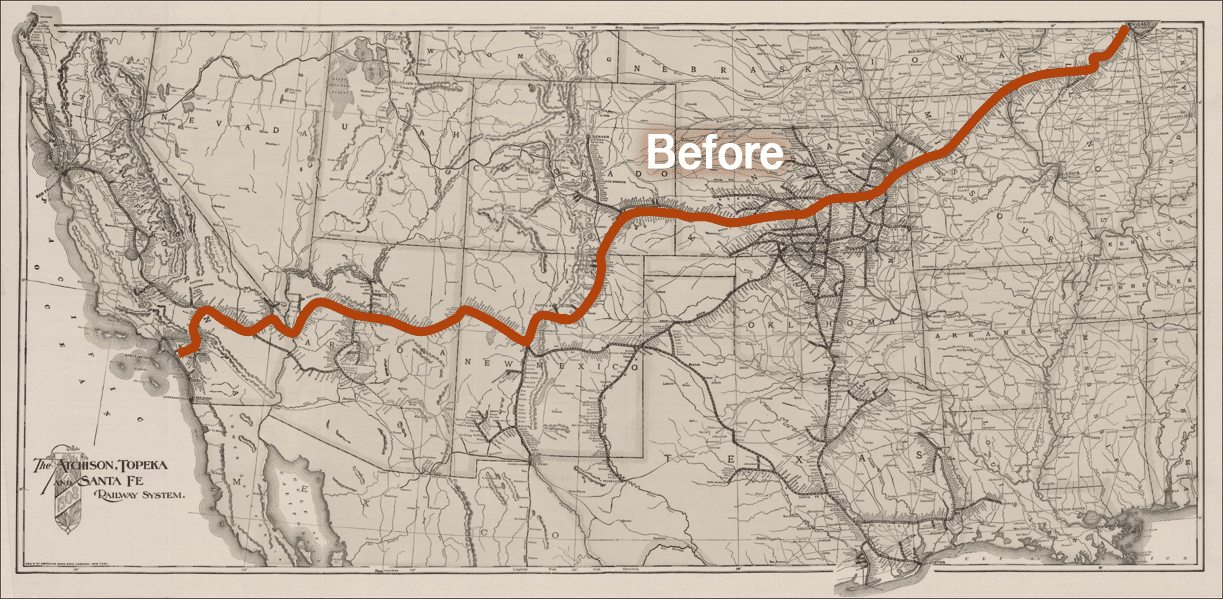
Today, the Southern Transcon is the primary route for BNSF's intermodal franchise. Intermodal traffic ships in containers or trailers and is, in many cases, high-priority. The contents of those containers and trailers range from everyday items – like clothes, appliances and TVs – to the special gift you ordered online for your mother's birthday. Each intermodal train carries as much freight as 280 trucks, helping alleviate congestion on our nation's highways.
BNSF moves about a third of all intermodal volume in North America.
"With over 17 million intermodal loads transported by rail annually, BNSF's Southern Transcon is one of several key routes for the movement of goods from Southern California to Chicago," said Joni Casey, president and CEO, Intermodal Association of North America.
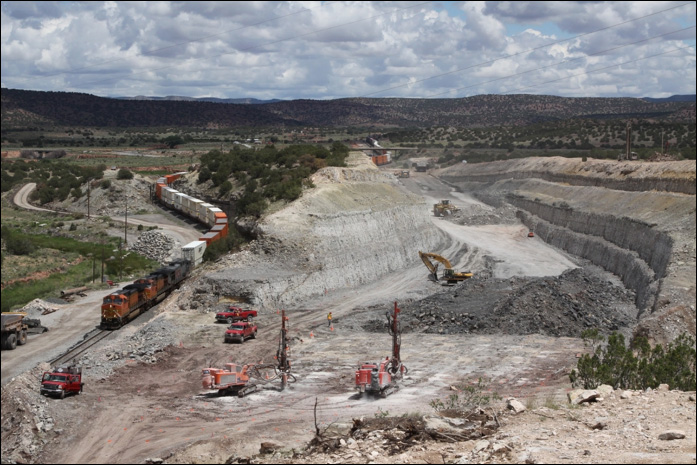
Just like the highway you drive on during your morning commute, the rail route needed to continue to expand. Extra lanes mean traffic flows better. In 1992, Santa Fe began a decades-long project to double-track the 512 miles of the route that remained single-tracked.
This year alone, BNSF is investing approximately $1 billion into the 2,200-mile Southern Transcon route. That's in addition to the $3.3 billion we invested between 2013 and 2017.
Now, nearly 100 percent of the route is double-tracked; only two bridges remain single-tracked along the route. Several projects are currently underway to further expand the route's efficiency by adding triple- and even quadruple-track long stretches of the busiest parts of the Transcon.
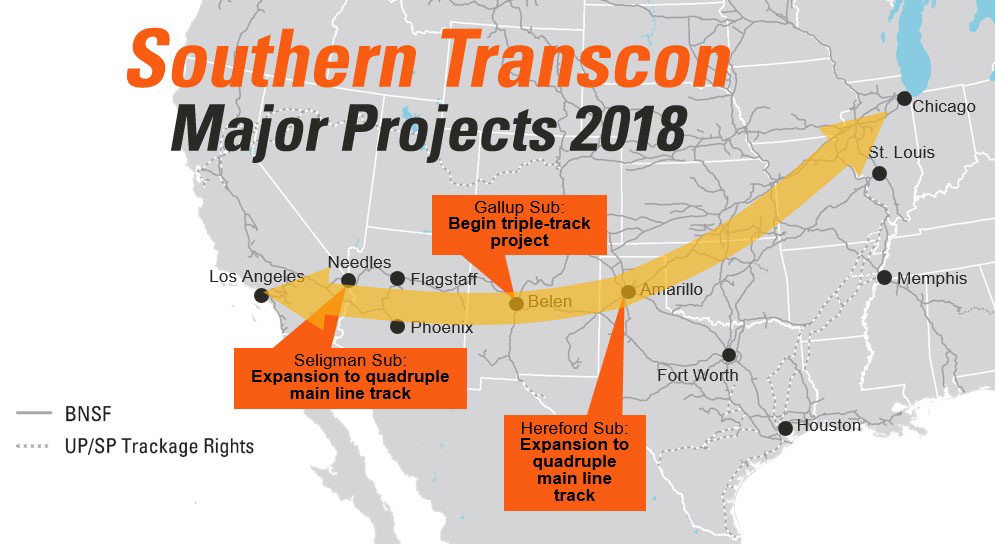
One of this year's projects was to add a fourth main through Amarillo, Texas. Amarillo is a crew change point, so there is a lot of activity along the city's rail lines. Since trains are stopping to give one crew rest and to pick up fresh conductors and engineers, adding another "lane" allows trains that have completed their crew change to get moving again and for faster traffic to pass slower traffic more readily.
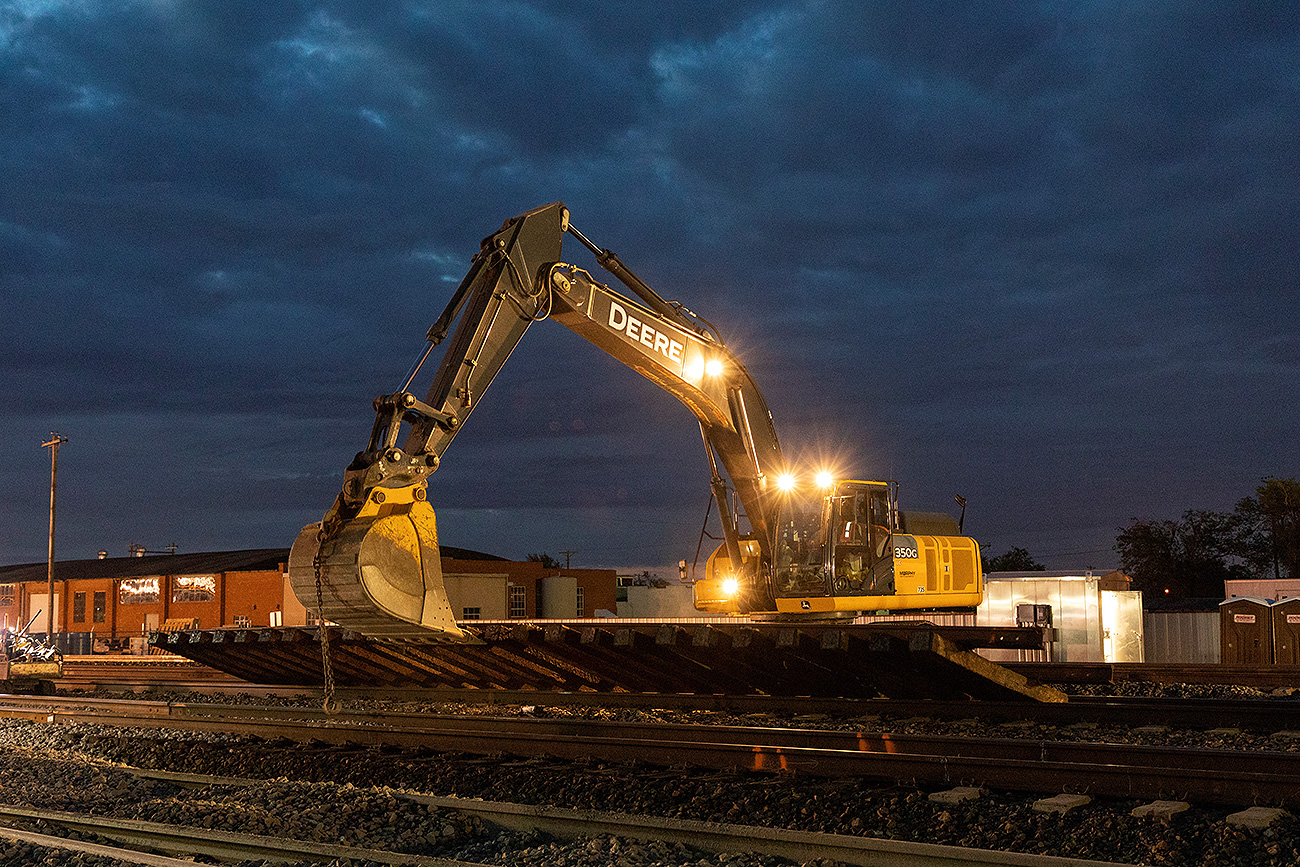
"At any given time, there are about 300 trains running along the Transcon," added Rasmussen. "The project in Amarillo as well as the other projects between Southern California and Chicago will help all traffic types along the route flow more freely and help prevent congestion."

The project in Amarillo was completed in early September.
Learn more about how the Amarillo project enhances the entire Southern Transcon in this video: